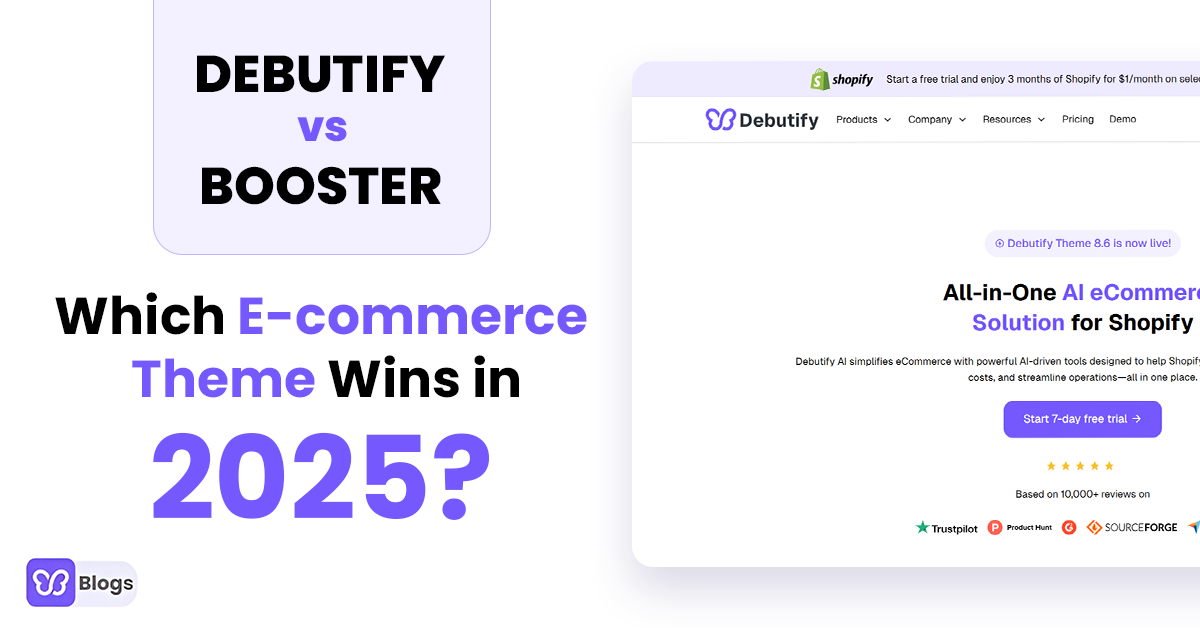Did you know fulfillment costs can eat up nearly 20% of an eCommerce brand's revenue?
That’s a big chunk of your income just to keep your product in a warehouse, package it, and deliver it.
For a good number of entrepreneurs, the cost can be the difference between making profits and only covering operating costs.
With some adjustments to your strategy, you are bound to find opportunities to reduce expenses, enhance efficiency, and reinvest the savings into your business.
Let's explore seven proven strategies to help you reduce fulfillment costs effectively.
What Are Fulfillment Costs?

Before we jump into the discussion of the solutions, let us clear out what are fulfillment costs and what they include.
Fulfillment costs relate to all the activities which are necessary to take the product or service ordered by the customer to their doorsteps.
In simpler words, all the hard work that is put in, in the background, to ensure that each of the orders gets properly delivered to the customer on time.
What are the fulfillment costs we're talking about? They typically include multiple components.
1. Consolidate Your Inventory Locations

Shipping products across multiple zones can rack up significant costs.
For example, the average cost to ship a 2-pound package across the U.S. is $10.92, compared to just $7.56 when shipping within a single zone. That difference adds up to hundreds or thousands of orders.
sh
Consolidating inventory in key locations near your customers can save you money by shortening delivery routes. Using services like the Shopify Fulfillment Network can also help by providing regional warehouses strategically placed to minimize transit times.
Pro Tip: Analyze your sales data to find where most of your customers are. Partner with fulfillment providers that have warehouses in those regions to reduce costs and speed up delivery.
5. Optimize Warehouse Layouts
Whether you store inventory in your garage or rent warehouse space, the layout of your storage area matters. Inefficient layouts can lead to wasted time and higher labor costs.
- Place best-selling items in easily accessible locations.
- Use vertical storage to maximize space.
- Implement barcoding systems to speed up inventory management.
Think of your warehouse as a grocery store: items you grab most often (milk, eggs) are always at eye level, while less popular products are tucked away. Apply the same logic to your space.
6. Leverage Outsourced Fulfillment
If managing fulfillment in-house is draining your resources, outsourcing could be a smarter solution. Companies specializing in fulfillment can streamline the process for you.
Benefits of outsourcing:
- Lower warehousing costs.
- Access to advanced logistics technologies.
- Faster delivery times.
Tip: Look for order fulfillment companies with transparent pricing, flexible contracts, and positive reviews. Compare their services to ensure you’re getting the best deal.
Cut Costs Without Cutting Corners
Fulfillment doesn't have to eat up your profits. Try these seven strategies to reduce fulfillment costs and improve efficiency.
From optimizing packaging to automating processes, there are countless ways to save.
Remember, reducing fulfillment costs isn't just about saving money. It's about building a sustainable business model. What steps will you take today to make that happen?








